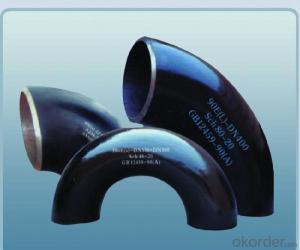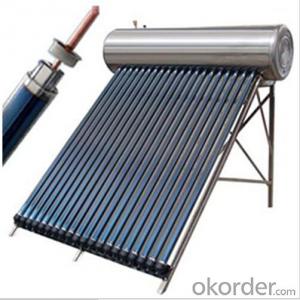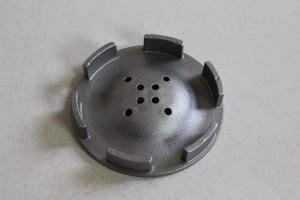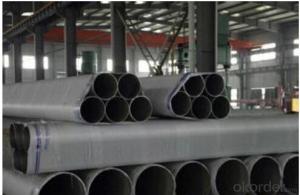Stainless Steel Quick Connect
Stainless Steel Quick Connect Related Searches
Best Paint For Stainless Steel Blanket Insulation For Steel Buildings Primer For Galvanized Steel Foam Filter For Stainless Steel H S Code For Stainless Steel Surface Grinding Wheels For Stainless Steel Surface Grinding Wheels For Hardened Steel Hole Saw For Stainless Steel Paint For Stainless Steel Stainless Steel For BbqHot Searches
Steel Mesh Panels For Sale Price For Stainless Steel Scrap Scrap Price For Stainless Steel Price For Stainless Steel Stainless Steel Tank For Sale Stainless Steel Sheets For Sale Cheap High Tea Sets For Sale Stainless Steel Tanks For Sale Stainless Steel For Sale High Density Fiberboard For Sale Solar Hot Water Collectors For Sale Scaffolding For Sale In Uae Scaffolding For Sale In Ireland Scaffolding For Sale In Houston Type Of Inverter For Solar Price Of Shipping Containers For Sale Types Of Inverter For Solar Stock Price For Aluminum Used Solar Inverter For Sale Steel Mesh Panels For SaleStainless Steel Quick Connect Supplier & Manufacturer from China
Okorder.com is a professional Stainless Steel Quick Connect supplier & manufacturer, offers integrated one-stop services including real-time quoting and online cargo tracking. We are funded by CNBM Group, a Fortune 500 enterprise and the largest Stainless Steel Quick Connect firm in China.Hot Products
FAQ
- The primary distinction between sanitary and industrial stainless steel pipes lies in their intended purposes and the level of cleanliness needed. Sanitary stainless steel pipes are specifically designed for use in industries such as food and beverage, pharmaceuticals, and other environments where cleanliness and hygiene are crucial. These pipes are manufactured with a higher degree of surface finish, typically smooth and polished, to prevent bacterial growth and ensure easy cleaning. The inner surface of sanitary pipes is often electropolished to further enhance its smoothness and resistance to corrosion. Additionally, sanitary pipes are often equipped with tri-clamp fittings or other sanitary connections to facilitate easy disassembly for cleaning purposes. On the contrary, industrial stainless steel pipes find application in a diverse range of industries, including manufacturing, oil and gas, chemical processing, and construction. These pipes are usually designed to withstand high pressures, extreme temperatures, and harsh environments. Industrial pipes may have a rougher surface finish and may not require the same level of cleanliness as sanitary pipes. They are often welded or threaded together for assembly and are built to withstand heavy-duty usage. In conclusion, the main differences between sanitary and industrial stainless steel pipes can be found in their intended purposes, surface finish, and the level of cleanliness required. Sanitary pipes prioritize hygiene and easy cleaning, making them well-suited for food and pharmaceutical applications. Industrial pipes, on the other hand, focus on durability and strength to endure demanding industrial environments.
- Yes, stainless steel pipes can be used for pharmaceutical manufacturing. Stainless steel is a commonly used material in the pharmaceutical industry due to its excellent corrosion resistance, high strength, and ease of sterilization. It is suitable for transporting various pharmaceutical fluids and gases while ensuring cleanliness, safety, and compliance with industry regulations.
- Indeed, polyethylene naphthalate (PEN) is a viable option for insulating stainless steel pipes. PEN, a top-notch thermoplastic material, boasts impressive insulation capabilities. Its low thermal conductivity qualifies it to effectively insulate pipes, guarding against heat loss or gain. Moreover, PEN exhibits commendable resistance to chemicals, moisture, and UV radiation, making it a robust choice for pipe insulation. Nevertheless, it is crucial to verify the compatibility of the chosen insulation material with the unique application and operating conditions to guarantee optimal performance and durability.
- Yes, stainless steel pipes are highly suitable for food storage facilities. Stainless steel is a non-reactive and corrosion-resistant material, making it ideal for handling food and beverages. It does not impart any taste, odor, or contaminants to the stored food, ensuring its quality and safety. Stainless steel pipes are also easy to clean, maintain hygiene standards, and have a long lifespan, making them a preferred choice for food storage facilities.
- Yes, stainless steel pipes are highly suitable for food and beverage processing. They are corrosion-resistant, easy to clean, and do not leach any harmful substances into the products being processed. Additionally, stainless steel pipes maintain the quality and taste of the food and beverages, making them a popular choice in the industry.
- Stainless steel pipes are indeed appropriate for wastewater treatment ponds. Due to their exceptional resistance to corrosion, stainless steel proves to be an ideal material for managing wastewater, which can be incredibly corrosive. The robustness and sturdiness of stainless steel pipes enable them to endure the severe conditions and chemicals present in wastewater treatment ponds. Furthermore, stainless steel pipes are effortless to clean and upkeep, guaranteeing the efficacy and efficiency of wastewater treatment procedures. All things considered, stainless steel pipes emerge as a dependable and enduring alternative for wastewater treatment ponds.
- Stainless steel pipes and brass pipes are both popular choices for various plumbing and industrial applications, but they have distinct differences that make them suitable for different circumstances. Firstly, stainless steel pipes are known for their exceptional durability and corrosion resistance. They can withstand high-pressure environments and are highly resistant to rust and corrosion, making them ideal for applications in harsh conditions or where water quality is a concern. Stainless steel pipes also have a higher melting point than brass pipes, which allows them to handle extreme temperatures without compromising their structural integrity. On the other hand, brass pipes are valued for their excellent thermal conductivity and malleability. They are often used in plumbing systems as they are easy to bend and shape, allowing for greater flexibility during installation. Brass pipes are also known for their aesthetic appeal, as they have a warm, golden color that can enhance the visual appeal of a space. In terms of cost, brass pipes tend to be more expensive than stainless steel pipes. However, brass pipes often have a longer lifespan and require less maintenance, which can offset the initial higher cost. Another factor to consider is the environmental impact. Stainless steel is a highly sustainable material as it is 100% recyclable, making it an eco-friendly choice. Brass, on the other hand, requires a significant amount of energy to produce and is less recyclable than stainless steel. Ultimately, the choice between stainless steel and brass pipes depends on the specific requirements of the project. If durability, corrosion resistance, and long-term reliability are the primary considerations, stainless steel pipes are the preferred option. However, if thermal conductivity, malleability, and aesthetic appeal are more important, brass pipes may be the better choice.
- Yes, stainless steel pipes can be pickled and passivated. Pickling is a chemical process that removes impurities and surface contaminants from stainless steel, while passivation is a treatment that enhances the corrosion resistance of the material. Both processes are commonly used in the industry to ensure the quality and longevity of stainless steel pipes.














































